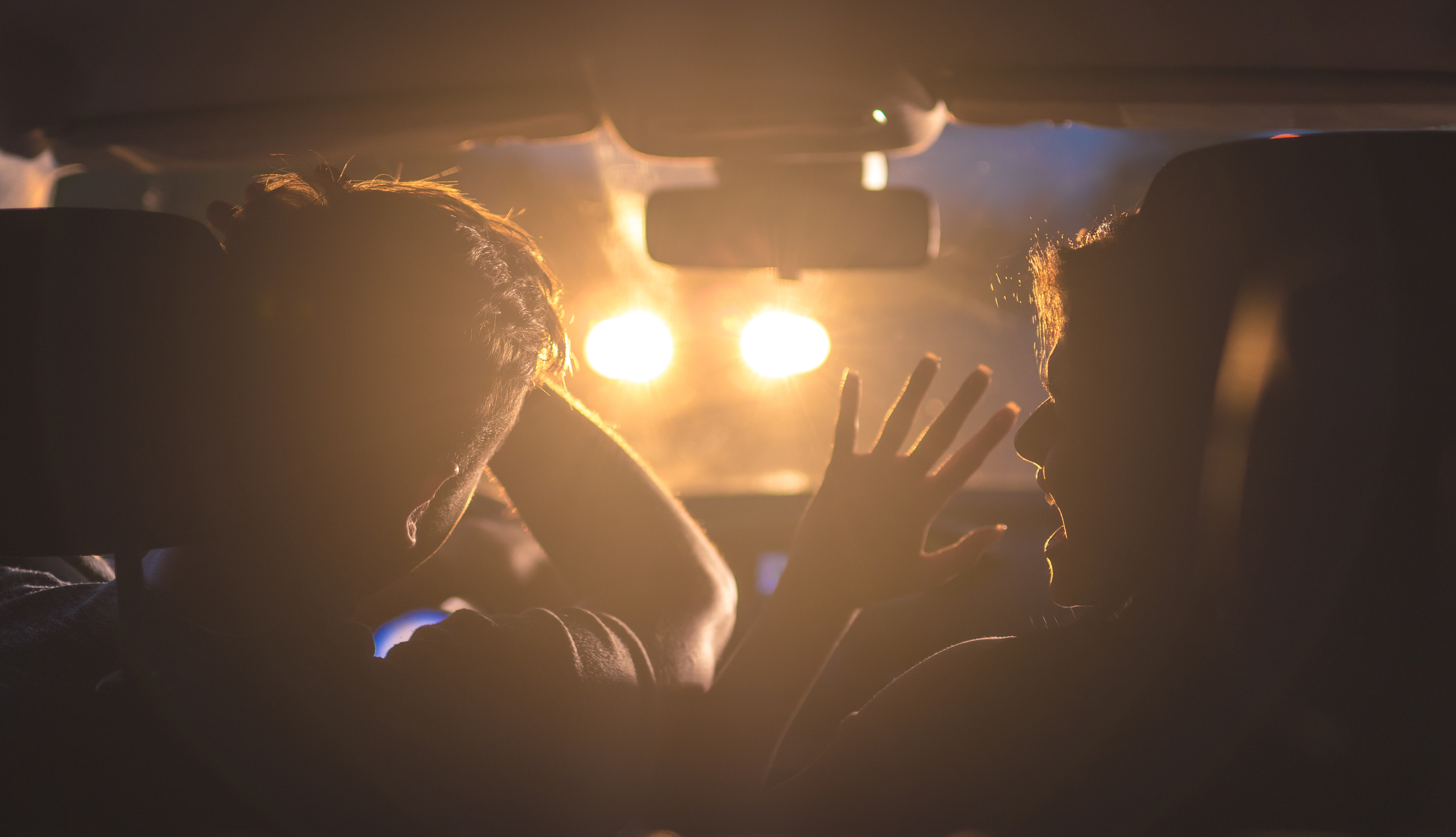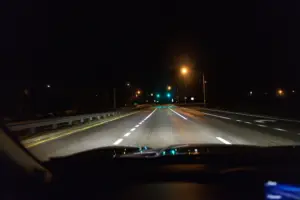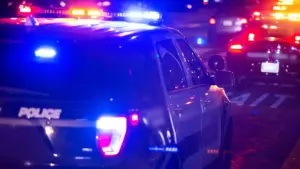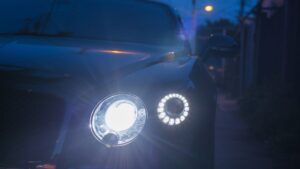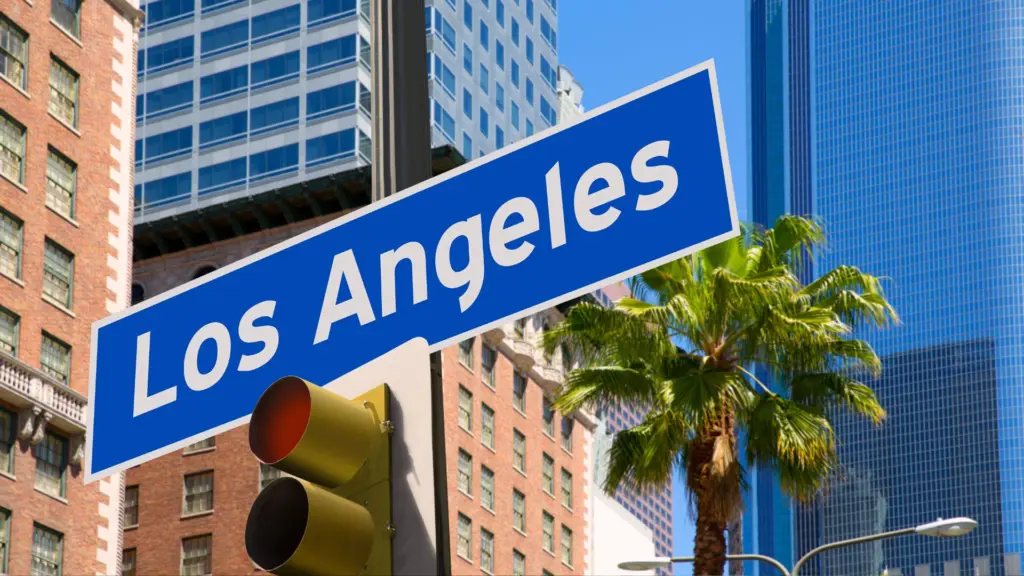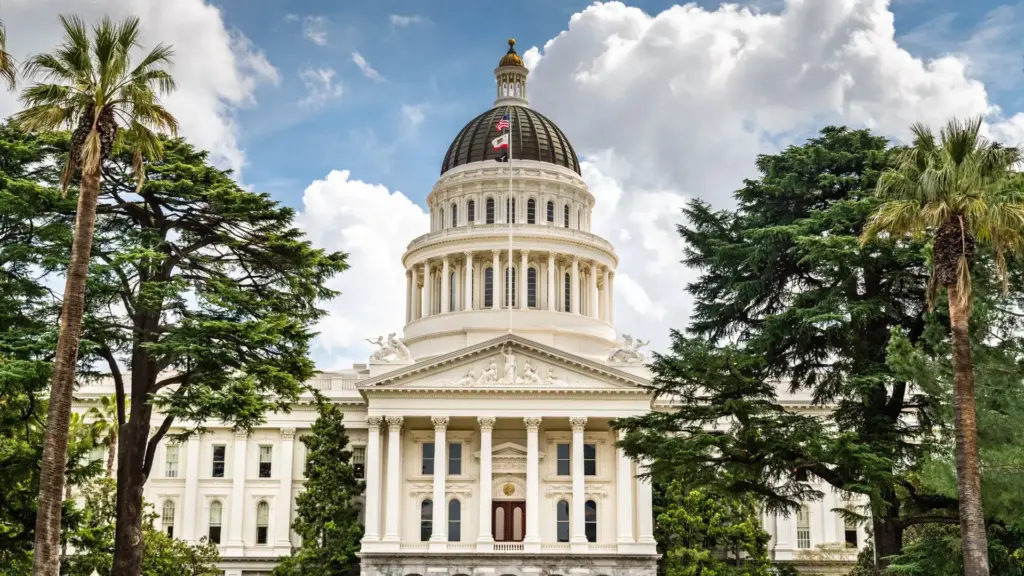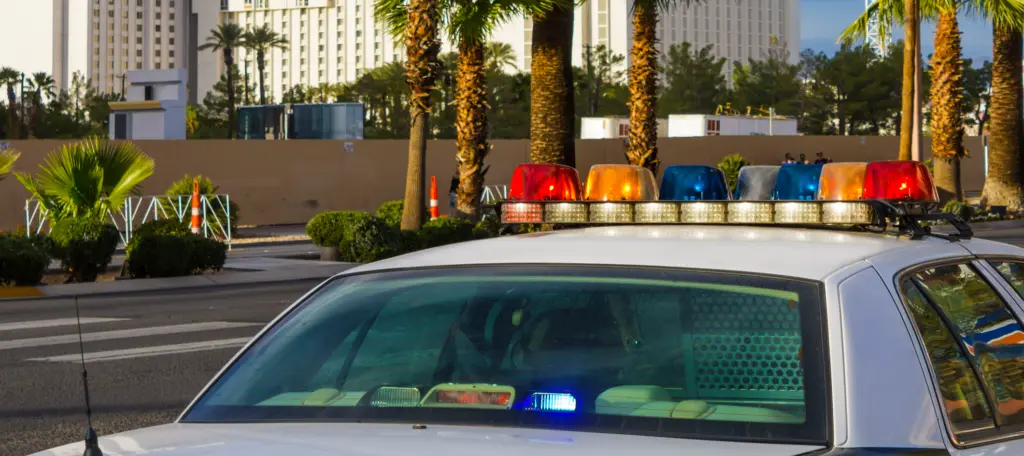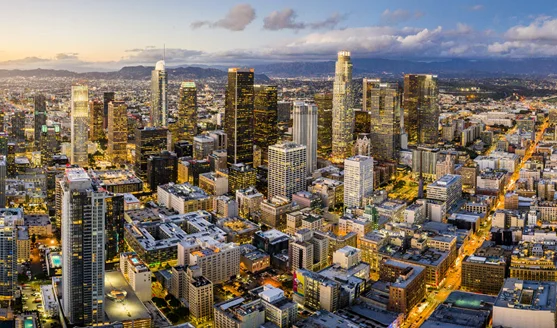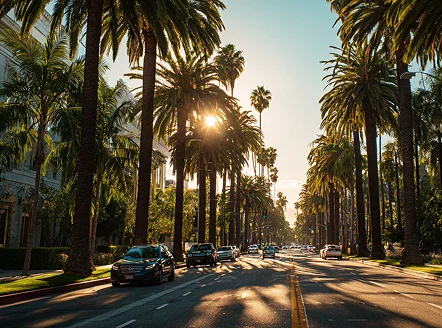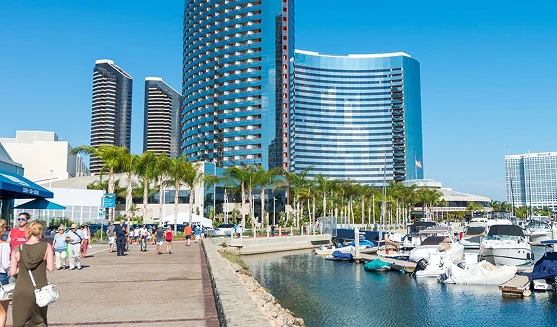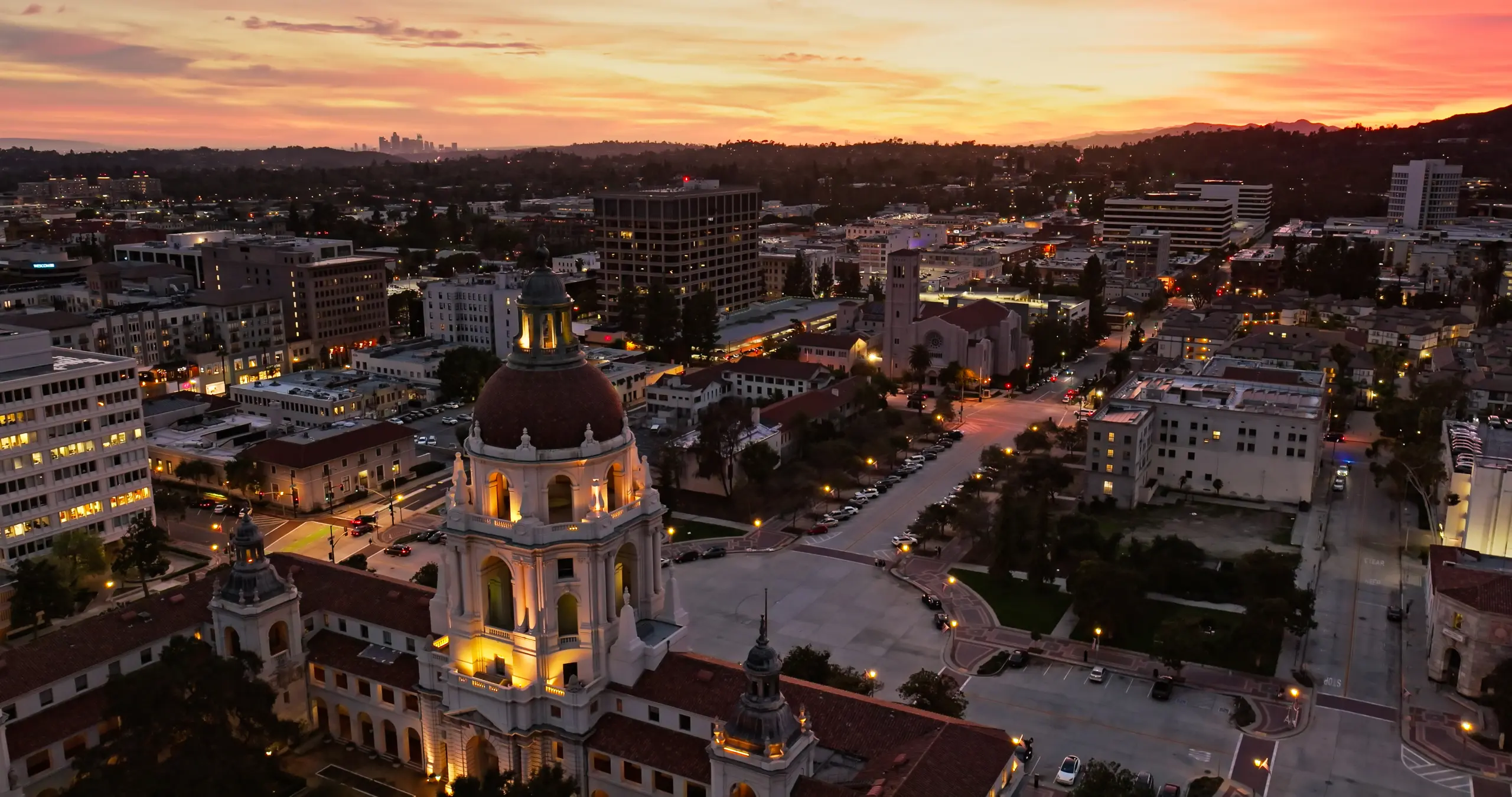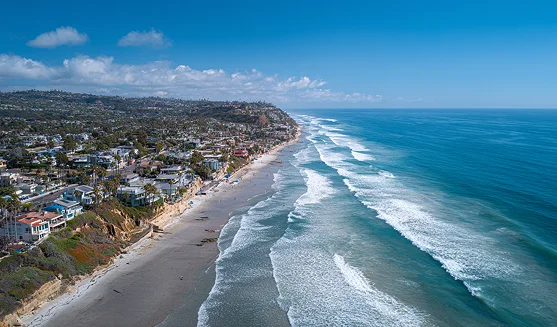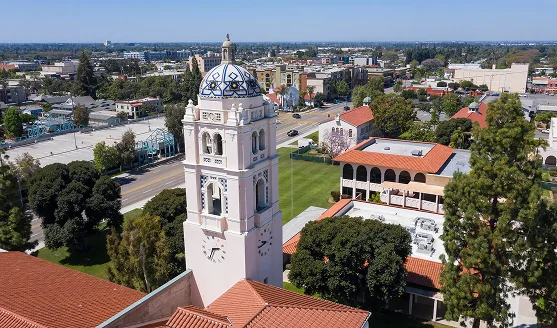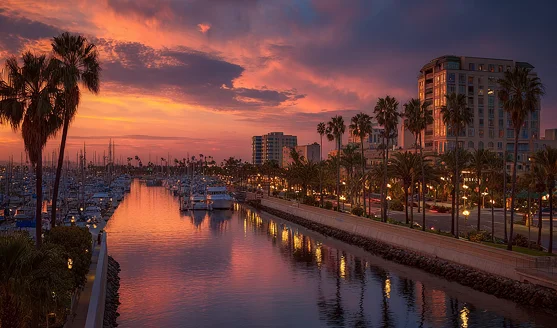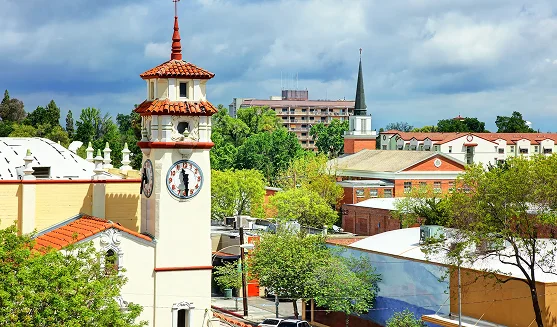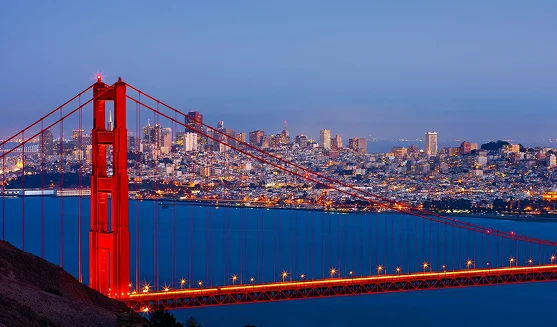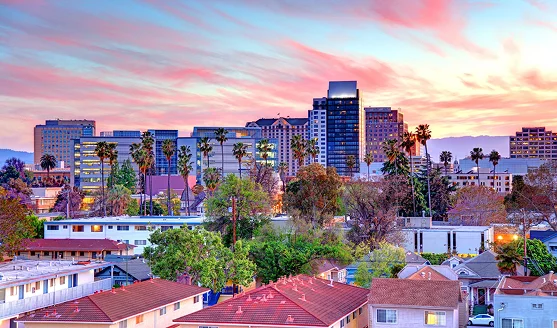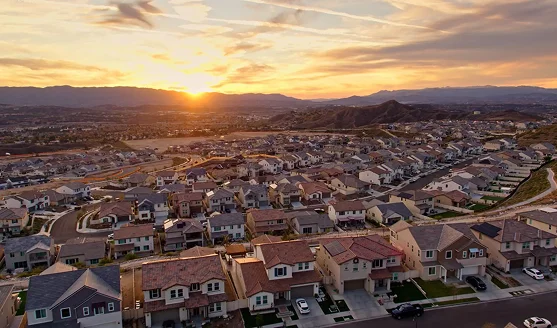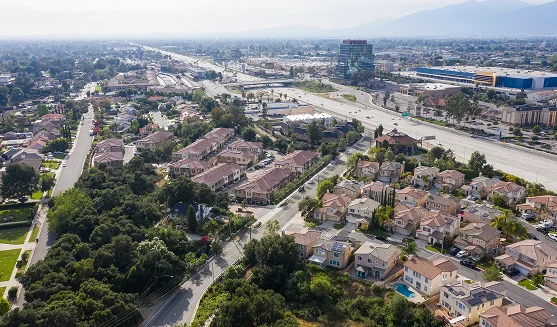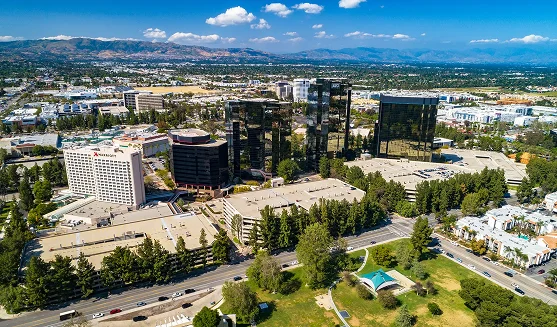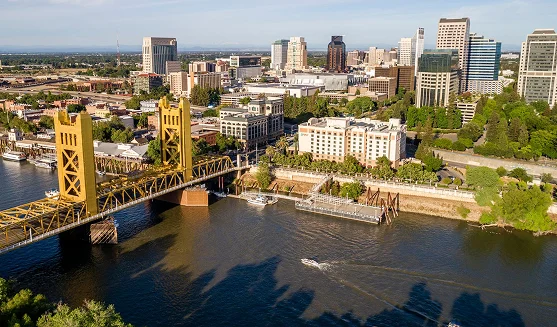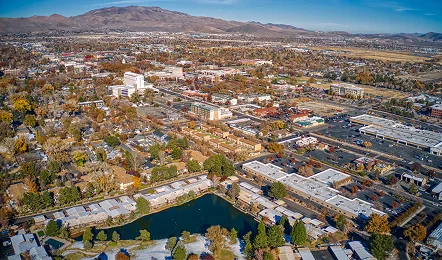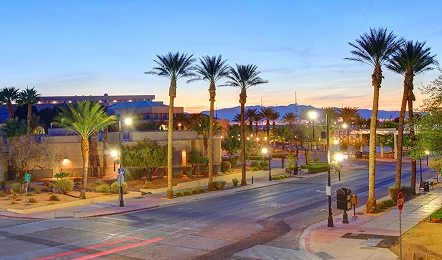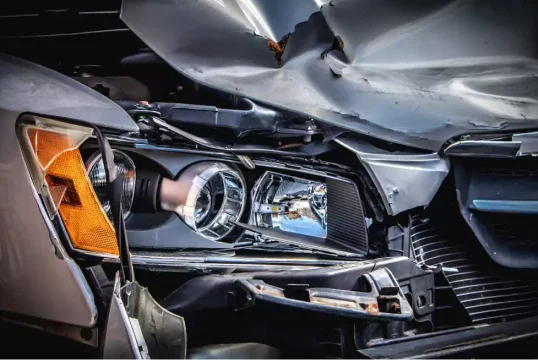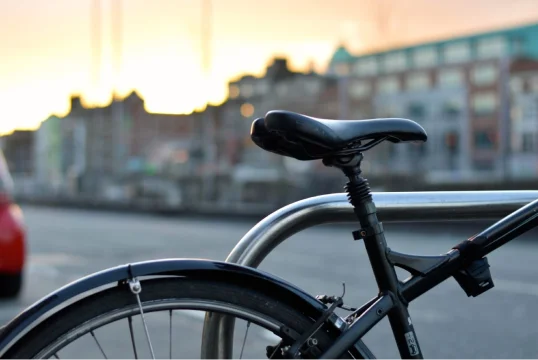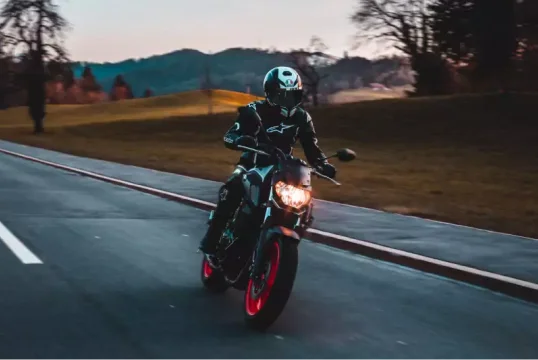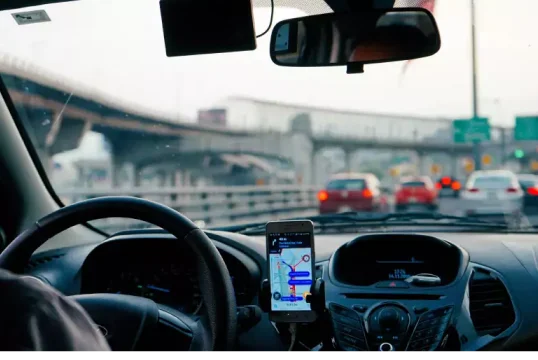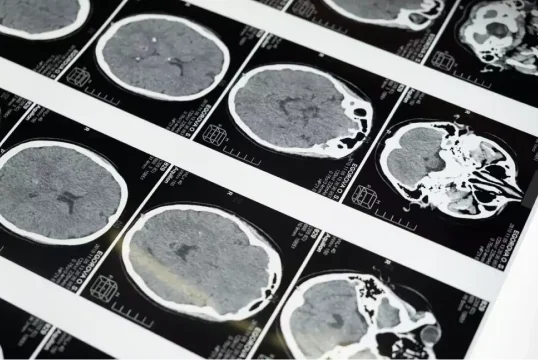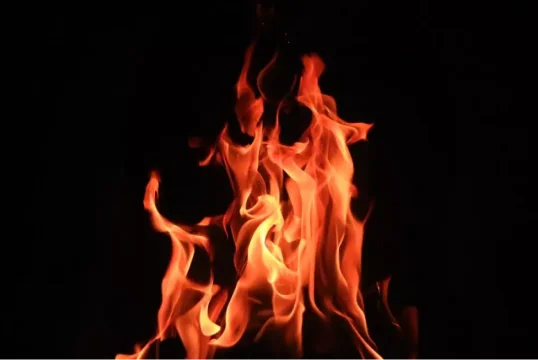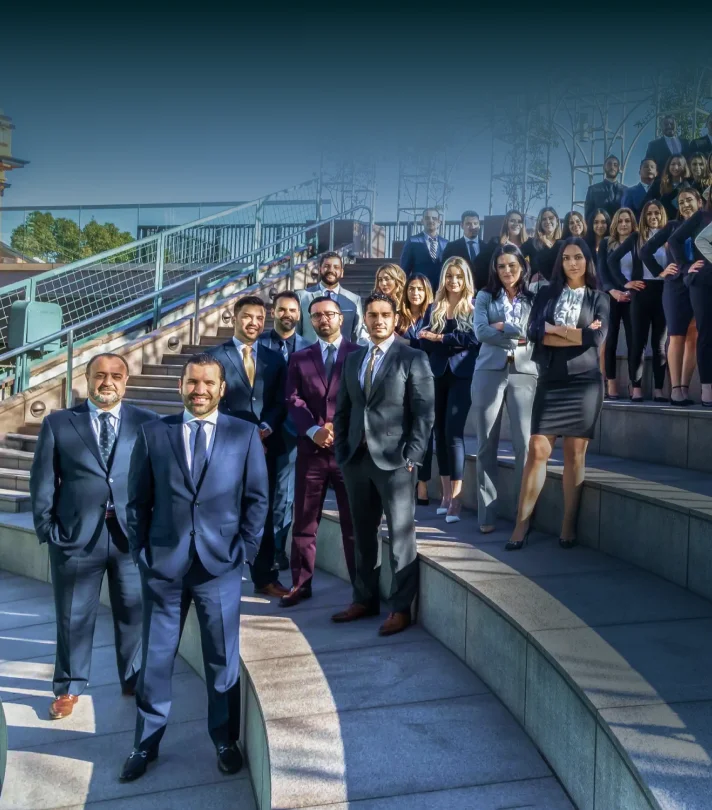Driving at night can be difficult when you are in a dark or poorly lit area where visibility is limited. Many drivers will rely on their high beams to see clearly. But, using them improperly can result in serious hazards for other motorists and may even go against state traffic laws. Understanding the legal rules and knowing how to apply them can keep you out of harm’s way, and help you avoid consequences for creating unsafe driving conditions.
Unfortunately, not every driver will comply with such laws, and may misuse high beams, thus contributing to serious collisions. If you were harmed in a car accident because someone negligently flashed their high beams on you, you may have the right to take legal action against them.
What Does High Beams Mean?
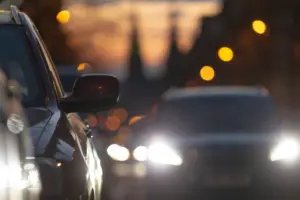
High beams are the brightest setting on a vehicle’s headlights. This is used to enhance long-range visibility. A driver will have this on typically during the nighttime when traveling on a dark or unlit road, or in rural areas where visibility may be limited and no other cars are nearby. High beams can help drivers detect any hazardous objects or animals. But, the downside is that it could also temporarily blind both oncoming drivers and those traveling ahead if it is used incorrectly.
What Is the High Beam Law in California?
In California, the use of high beams is regulated under California Vehicle Code § 24409, which enforces specific rules on when drivers will need to dim or lower their high beam headlights to prevent glare and protect other road users. The law requires motorists to dim high beams within 500 feet when approaching vehicle operators from the opposite direction, and within 300 feet when following another vehicle.
These rules are intended to reduce the risk of temporary blindness or distraction triggered by bright lights, which can lead to serious car accidents. Although high beams are made to give better visibility on dark or dim lit roads, California law will require drivers to use them only when needed and to switch to low beams when traffic or weather conditions make them unsafe to use.
When Should You Turn on High Beams?
You should turn on your high beams when you are driving in the dark or on poorly lit roads where visibility may be limited. This will increase your viewing distance, helping you detect any hazards, such as animals, pedestrians, or debris. But, drivers should avoid using them when near other vehicles that are approaching within roughly 500 feet or when following another car within 300 feet since the glare can cause temporary blindness or distract people from safely traveling. They should also not be used during foggy conditions or when heavy rain or snow are present as the bright light may reflect off moisture particles, thus creating a blinding glare that can tamper with visibility (CVC § 24409).
Can I Drive Around with My High Beams On?
In California, you can use your high beams when driving in areas that have low visibility, including dark rural roads or highways with few street lights. These bright lights, also referred to as a light or composite beam, can help you see farther ahead and detect hazards before they become dangerous.
But, traffic laws under CVC § 24409 require drivers to dim their high beams when an oncoming vehicle is within 500 feet or when following another car within 300 feet. Keeping high beams on while approaching traffic or a vehicle operator approaching in the opposite direction can cause glare. This could be considered as improper headlight use and may contribute to dangerous driving conditions. To avoid trouble, it is best to switch to the low beam setting whenever you are around other vehicles or are traveling in well-lit areas.
Can You Get Pulled Over for Brights Being On?
You can be pulled over for having bright lights on when they are being used improperly or are in violation of state traffic laws. Officers can pull you over, especially if they notice that you are temporarily blinding or distracting other drivers as it can increase the likelihood of a car accident.
Going against CVC § 24409 is typically deemed as an infraction, not a misdemeanor. But, it can still carry a $35 base fine (in addition to court fees and surcharges) and a one-point violation on your driving record. This can be used as evidence of negligence in a personal injury case if it results in an accident. Drivers could be eligible for traffic school to prevent having a point added to their record.
If you fail to address or pay a ticket for improper high beam use, you can be charged with “Failure to Appear” (FTA) under CVC § 40508(a). This will be classified as a misdemeanor offense even if the original violation was an infraction. A judge can issue a bench warrant for your arrest, as well.
Courts may also impose civil assessment fees of up to $100 under Penal Code § 12141.1 for failing to pay or appear (applies to cases after July 1, 2022). This will be added on top of your original fine, along with court fees and surcharges. Furthermore, the court may report the failure to the state DMV, and the DMV will place a hold or suspension on your driver’s license (CVC § 40509.5).
Is it Illegal to Flash High Beams to Warn for Cops?
Flashing high beams to warn others of cops ahead is not addressed under California traffic laws. While there is no specific statute that bans the use of high beams for this particular purpose, doing so in a way that affects oncoming traffic or causes glare could still be seen as improper light use. Law enforcement officers may assume frequent flashing as a form of dangerous driving, especially if it startles vehicle operators approaching from the opposite direction. It is best to use this for caution and to keep communication safe.
What Does it Mean if Someone Flashes Their High Beams at You?
If someone flashes their high beams at you, it typically means that they are trying to get your attention. This can be because of:
- The driver is warning you about a road hazard ahead.
- The driver is signaling that your low beam headlights are not on.
- The driver is letting you know that your high beams are blinding oncoming traffic.
In certain cases, flashing can also be deemed as a sign of impatience from oncoming vehicles or traffic. Regardless of what the intent is, you should check your surroundings, adjust your low beam settings (if needed), and stay calm to prevent a potential car accident.
What Are the High Beam Laws in Each State?
Driving at night will require you to have visibility and proper use of your headlights to make sure you are safe and compliant with state laws. While high beams can brighten dark areas and better your visibility, using them at the wrong time can trigger a glare for oncoming vehicles, contributing to dangerous driving conditions.
Each state has its own specific rules that determine when drivers should switch from high beams to the low beam setting to avoid blinding someone ahead or from the opposite direction.
Let’s take a look at what Arizona, Nevada, and Washington enforce:
- Arizona: Under Arizona Revised Statutes § 28-942, drivers will need to dim their high beams when they are within 500 feet of oncoming traffic or within 200 feet of another vehicle ahead when traveling in the same direction. Drivers are not advised to use high beams in fog, heavy rain, or snow, as it can reflect glare and minimize visibility.
- Washington: According to Washington Revised Code § 46.37.230, drivers are required to lower their light or composite beam to the low setting when another vehicle is within 500 feet approaching from the opposite direction or within 300 feet when following another vehicle. Drivers are also prohibited from using high beams in ways that can cause glares into the eyes of oncoming vehicle operators, classifying this as improper high beam use.
- Nevada: Based on Nevada Revised Statutes § 484D.215, drivers must dim their headlights within 500 feet of oncoming vehicles and within 300 feet when following another car that is traveling in the same lane or direction.
Injured in a Car Accident Caused by Improper High Beam Use? Contact West Coast Trial Lawyers Today
If you were injured in a car accident caused by improper high beam use, West Coast Trial Lawyers can help you learn your rights and seek compensation on your behalf. Our legal team will look into the cause of the incident, obtain evidence (dashcam footage and police reports), and determine liability. We will then negotiate with insurance companies to get you fair compensation and may defend you in court, if needed.
To schedule a FREE consultation, you can reach out to us by calling (213) 927-3700 or completing our quick online contact form.
